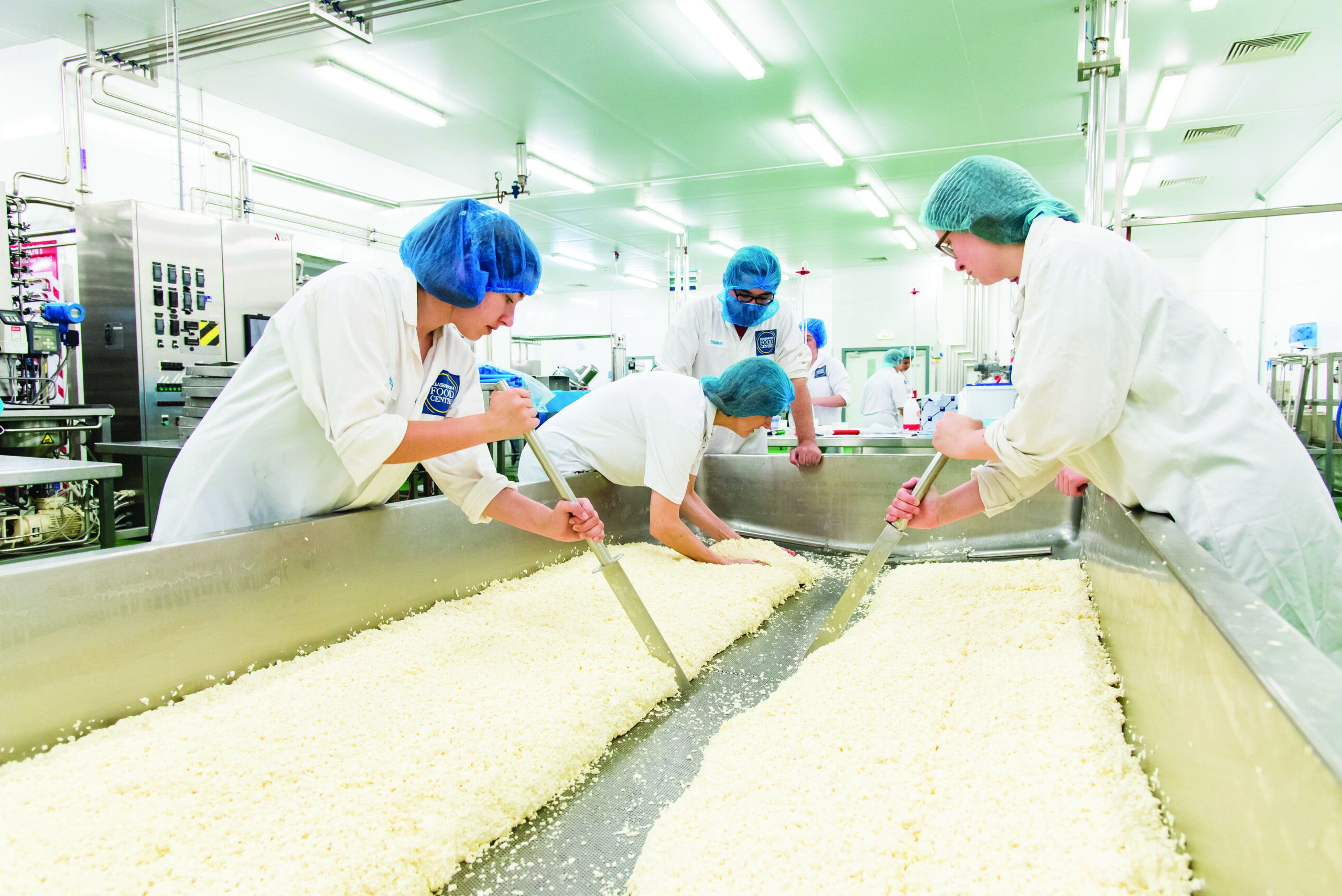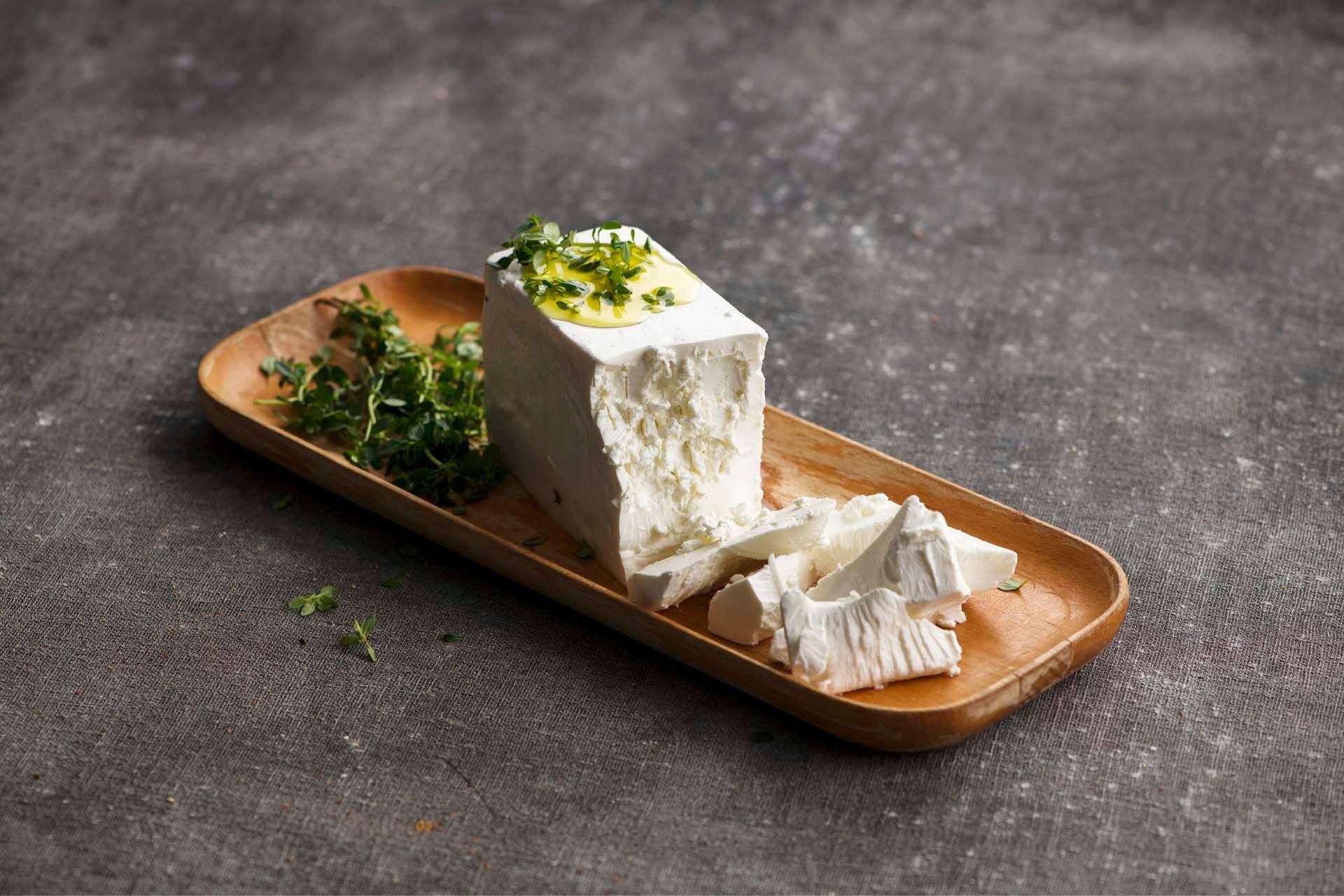Cheese Makers Melbourne: Crafting optimum Cheeses In Your Area
Cheese Makers Melbourne: Crafting optimum Cheeses In Your Area
Blog Article
Comprehending the Science Behind Cheese Production: From Milk Choice to Final Item
The elaborate procedure of cheese production begins with the mindful choice of milk, an option that profoundly impacts the end product's taste and structure. Understanding the pivotal role of germs in fermentation discloses exactly how these bacteria transform lactose right into lactic acid, a key ingredient in creating the cheese's personality. Following this, the coagulation procedure transforms liquid milk into curds, establishing the phase for aging, where truth complexity of tastes arises. Quality control stays essential at every stage, yet the nuances of these processes may still hold surprises that merit additional expedition.
Milk Option Refine
The choice of milk is an important action in the cheese manufacturing process, as it straight affects the taste, structure, and high quality of the end product. Various factors have to be considered during this option, consisting of the resource of the milk, the type of the pets, and their diet plan. Cow's milk, goat's milk, and lamb's milk each possess distinct properties that add to the unique characteristics of various cheese ranges.

In addition, the nutritional material of the milk, affected by the animal's diet plan, can modify the cheese's final qualities. High-quality milk, sourced from healthy pets, makes sure a superior cheese product, highlighting the relevance of strict quality assurance actions in the milk option process. Therefore, cautious consideration in milk selection is vital for effective cheese production.

Function of Bacteria in Fermentation
Adhering to the cautious option of milk, the fermentation procedure plays a critical duty in cheese manufacturing, where microorganisms are introduced to change the milk into cheese. The primary feature of these bacteria is to convert lactose, the sugar existing in milk, into lactic acid. This acidification not just changes the pH of the milk yet likewise plays an essential duty in flavor growth, texture, and conservation of the end product.
Lactic acid bacteria (LABORATORY), such as Lactococcus and Streptococcus species, are generally used in cheese production because of their ability to prosper in milk and their contribution to the fermentation procedure. The metabolic activities of these microorganisms cause the production of numerous metabolites, including taste compounds and antimicrobial compounds, which hinder putridity microorganisms and pathogenic bacteria, consequently enhancing cheese safety and security.
Moreover, the fermentation process influences the overall attributes of the cheese factory melbourne cheese, including its aroma, preference, and texture. Different stress of bacteria can pass on unique next flavors and contribute to the unique accounts of different cheese kinds. Therefore, the choice of bacterial societies is an important step in accomplishing the preferred cheese top quality and consistency.
Coagulation and Curd Formation
In the cheese manufacturing process, coagulation marks a crucial shift from fluid milk to solid curds. This process is typically enhanced by the acidic setting developed by lactic acid bacteria, which further help in coagulation by decreasing the pH of the milk.
The resulting curds are created as the fluid whey starts to divide. Factors such as temperature, the quantity of rennet made use of, and the time permitted for coagulation are important in establishing the appearance and top quality of the curds. Higher temperature levels and longer coagulation times generally produce firmer curds, appropriate for tougher cheeses.
As soon as curds are developed, they are cut right into smaller pieces, permitting whey to leave extra efficiently. This action is crucial, as it influences the dampness web content and overall attributes of the last cheese product. Appropriate monitoring of coagulation and curd formation is important for accomplishing details cheese styles and preferred taste profiles.
Aging and Flavor Advancement
After the curd has actually been formed and whey has been drained, the following stage in cheese production is aging, also referred to as growth. This important procedure considerably affects celebrity's final flavor, structure, and fragrance. Throughout aging, various biochemical and microbiological improvements occur, affecting the total read this sensory account.
The aging environment, consisting of temperature level and moisture, plays an essential role in flavor advancement. Enzymes and microorganisms existing in the cheese help with the failure of healthy proteins and fats into smaller particles, leading to the formation of amino acids, fatty acids, and unpredictable substances. These changes contribute to the intricacy of taste and fragrance, with distinctive profiles emerging based on the particular cheese range.
In addition, the duration of aging is essential; much shorter aging durations normally generate milder flavors, while longer growth outcomes in even more robust and nuanced profiles. Factors such as the milk source, cheese type, and details aging strategies further improve the variety of tastes generated. Ultimately, aging is a delicate balance of time, environmental problems, and microbial activity, culminating in the special features that specify each cheese selection.
Top Quality Control in Cheese Manufacturing
Making certain high criteria throughout celebrity manufacturing process is vital for providing a top quality item that satisfies consumer assumptions - cheese store melbourne. Quality assurance (QC) incorporates numerous phases, beginning with raw milk selection to the final aging procedure. Each phase requires meticulous focus to information to avoid contamination and guarantee uniformity
Throughout milk choice, producers need to evaluate factors such as fat web content, pH levels, and microbial top quality. Routine testing for somatic cell matters and microbial tons is important to ensure the milk's viability for cheese making. In the manufacturing phase, QC steps include monitoring the temperature level, acidity, and rennet activity, which substantially influence appearance and flavor.
As cheese grows, constant sensory evaluations and lab evaluations are conducted to examine flavor growth, appearance, and overall top quality. Any deviations from developed requirements necessitate restorative activities to maintain product stability.
Moreover, documents and traceability are vital components of efficient quality assurance, making it possible for producers to track the cheese from farm to consumer. By carrying out durable QC methods, cheese suppliers can not just boost item quality but also build consumer count on, ensuring their location in a competitive market.

Conclusion
Finally, the scientific research of cheese manufacturing incorporates a number of critical points, each significantly influencing the final item. The cautious selection of milk, the crucial function of bacteria in fermentation, the makeover of fluid milk right into curds via coagulation, and the aging process jointly add to the advancement of unique tastes and textures. In addition, strict quality control gauges make certain that each cheese range meets established requirements, thereby improving customer fulfillment and keeping the stability of the cheese-making tradition.
Report this page